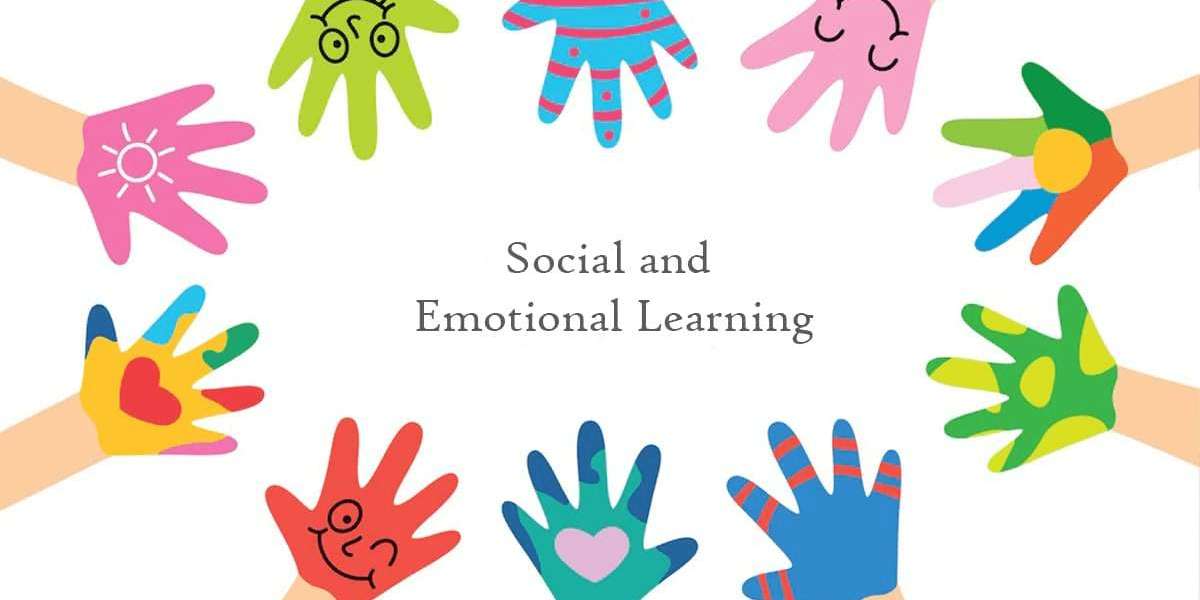Introduction to Social and Emotional Learning (SEL)
Social and Emotional Learning (SEL) is a fundamental component of modern education that emphasizes emotional intelligence, self-awareness, empathy, and responsible decision-making. SEL helps students of all ages to recognize and manage their emotions, build healthy relationships, and make thoughtful choices. As schools worldwide face increasing challenges such as mental health concerns, bullying, and social inequality, SEL is proving to be a critical solution for nurturing a more inclusive and supportive learning environment.
The growing demand for holistic education has positioned SEL as a key priority in curriculum planning. It not only supports academic achievement but also promotes lifelong success. Educators, parents, and policymakers are increasingly recognizing the long-term benefits of integrating SEL into daily classroom activities.
The Core Components of SEL
Social and Emotional Learning typically revolves around five core competencies: self-awareness, self-management, social awareness, relationship skills, and responsible decision-making. These competencies help students understand themselves and others better, develop coping strategies, and build positive interpersonal relationships.
Self-awareness and self-management allow students to recognize their emotions and regulate their behavior effectively. Social awareness and relationship skills foster empathy and cooperation. Responsible decision-making equips students with the ability to make ethical, constructive choices in personal and social contexts. These skills are essential not only in classrooms but in everyday life.
Benefits of SEL in Education
SEL has been linked to numerous positive academic and social outcomes. Research shows that students involved in high-quality SEL programs demonstrate improved classroom behavior, increased motivation to learn, and higher academic performance. Moreover, these programs are effective in reducing emotional distress, anxiety, and behavioral problems.
Beyond academics, SEL improves mental health and emotional resilience. Students equipped with social and emotional skills are better prepared to handle stress, peer pressure, and conflict. They also tend to have higher self-esteem and a more optimistic outlook on life, fostering a positive school climate for everyone involved.
SEL’s Role in Promoting Mental Health
Mental health in education is a growing concern, especially in the wake of global events like the COVID-19 pandemic. SEL addresses this by creating a supportive environment where students feel seen, heard, and valued. It provides essential tools for students to cope with anxiety, depression, and trauma, enhancing emotional stability and well-being.
By integrating SEL into daily routines, schools can identify emotional challenges early and offer timely interventions. Teachers trained in SEL techniques can create safe, trusting relationships with students, helping them feel more connected and engaged. This proactive approach leads to fewer behavioral issues and improved overall mental health outcomes.
Implementing SEL in Schools
Integrating SEL into school systems requires a structured and intentional approach. SEL can be woven into existing subjects like language arts, science, and social studies or delivered through dedicated SEL programs. Teachers need proper training and resources to effectively facilitate these lessons and model SEL competencies themselves.
Successful SEL implementation also involves community and parental engagement. When families understand and reinforce SEL principles at home, students are more likely to adopt and retain these skills. Collaboration between educators, counselors, and families ensures a consistent and holistic support system for student development.
Challenges and Solutions in SEL Integration
Despite its benefits, SEL integration does face challenges. Lack of funding, inadequate teacher training, and resistance to change can hinder effective adoption. Some educators may also feel overwhelmed by the additional responsibility of addressing emotional issues in the classroom.
However, these challenges can be addressed through targeted investments, comprehensive teacher development programs, and awareness campaigns. Schools can start small by embedding SEL practices in daily routines and gradually expanding their efforts. Technology-driven SEL tools and digital platforms also provide flexible, scalable solutions for educators and students alike.
Global Trends and the Future of SEL
Globally, SEL is gaining momentum as more countries recognize its impact on education and society. Organizations like UNESCO and CASEL are promoting SEL frameworks that support academic success and social justice. In countries like the U.S., U.K., and Australia, SEL is being integrated into national education policies.
The future of SEL looks promising as it aligns with the growing emphasis on 21st-century skills such as collaboration, critical thinking, and emotional intelligence. As AI and automation reshape the job market, human-centered skills fostered by SEL will be essential for personal and professional growth.
Read More - https://www.marketresearchfuture.com/reports/social-and-emotional-learning-sel-market-10811
Conclusion
Social and Emotional Learning is no longer an optional addition to education—it is a necessity. By nurturing emotional intelligence and interpersonal skills, SEL equips students to succeed in school and life. It enhances academic performance, promotes mental well-being, and prepares young people to thrive in an increasingly complex world. As the focus on holistic education grows, embracing SEL will be vital for creating resilient, empathetic, and future-ready generations.








